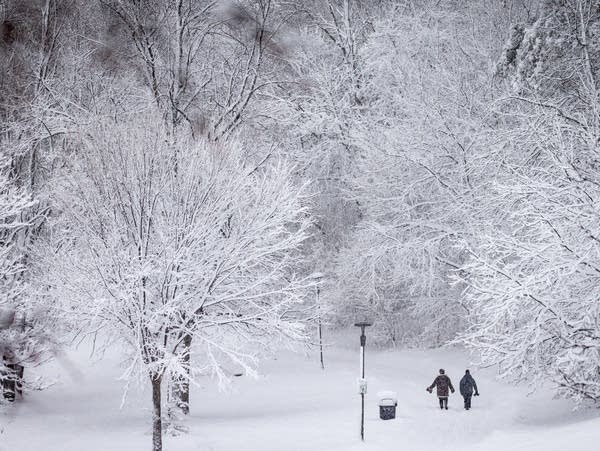Will heavy winter snows quench Minnesota's drought?

Two people walk through Powderhorn Park in Minneapolis on Wednesday, evidence of a snowy winter — and what could be the third-snowiest yet.
Ben Hovland | MPR News file
Go Deeper.
Create an account or log in to save stories.
Like this?
Thanks for liking this story! We have added it to a list of your favorite stories.


